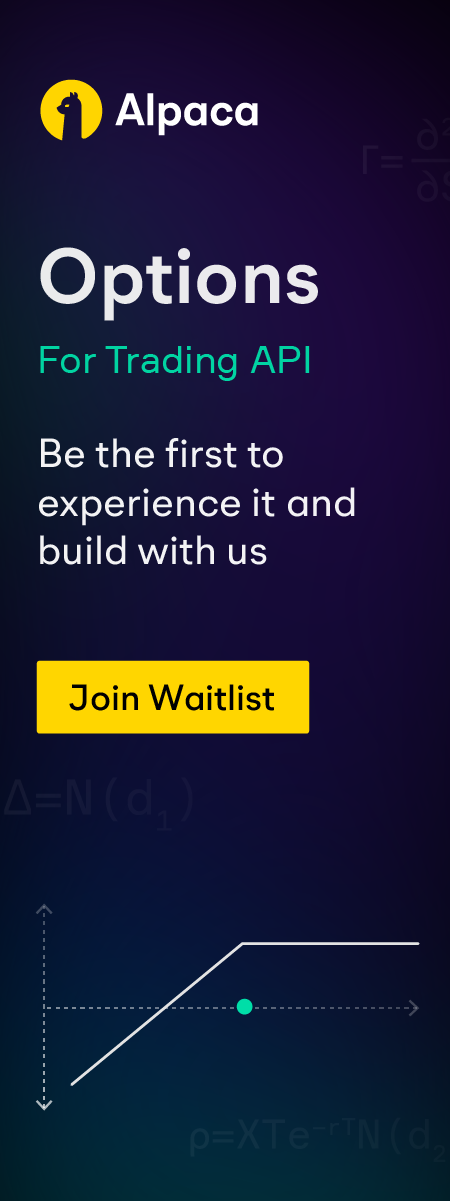What is Yield Farming?

Yield farming is the practice of staking or lending crypto assets in return for additional interest and fees.¹ Recent innovations like liquidity mining have helped to increase the popularity of this innovative yet risky application of decentralized finance (DeFi).²
How Yield Farming Works
When money is parked in a typical savings account, it earns interest. The bank turns around and lends this money to borrowers at a higher rate of interest. Similarly, crypto assets can be used to generate returns. However, yield farming can be riskier and more volatile.³
Yield farming allows lenders to deposit their crypto coins into a lending protocol through a decentralized app, or dApp. The dApp then lends the cryptocurrency to borrowers, who often use the coins for speculation.³
Returns are calculated in terms of annual percentage yield (APY) – the rate of return that a user gains in a year. Compound interest is also factored in the APY calculation.⁴ Of course, the yields received are not a guaranteed income source, as they come with heightened risk. As more investors add funds to the corresponding liquidity pool, the value of the returns can and often do decrease.
Yield farming allows the circulation of idle crypto assets into the system, improving the liquidity of the marketplace. Drawbacks of yield farming include but are not limited to impermanent loss, smart contract risks, and rug pulls.⁵
Example
Megan has a savings account which earns interest annually. However, she is also considering purchasing cryptos. She feels that the potential additional yield that could be earned might be higher than the interest earned in a savings account, as long as the underlying crypto does not lose its value.
Sources
1. Yield farming: An investing strategy involving staking or lending crypto assets to generate returns. Business Insider.
2. What is Yield Farming? CoinMarketCap.
3. Yield farming in DeFi: All you need to know. CNBC.
4. Annual Percentage Yield. Investopedia.
5. What is Yield Farming? The Rocket Fuel of DeFi, Explained. Yahoo! Finance.
Please note that this article is for informational purposes only. The example above is for illustrative purposes only. Actual crypto prices may vary depending on the market price at that particular time. Alpaca Crypto LLC does not recommend any specific cryptocurrencies.
Cryptocurrency is highly speculative in nature, involves a high degree of risks, such as volatile market price swings, market manipulation, flash crashes, and cybersecurity risks. Cryptocurrency is not regulated or is lightly regulated in most countries. Cryptocurrency trading can lead to large, immediate and permanent loss of financial value. You should have appropriate knowledge and experience before engaging in cryptocurrency trading. For additional information please click here.
Cryptocurrency services are made available by Alpaca Crypto LLC ("Alpaca Crypto"), a FinCEN registered money services business (NMLS # 2160858), and a wholly-owned subsidiary of AlpacaDB, Inc. Alpaca Crypto is not a member of SIPC or FINRA. Cryptocurrencies are not stocks and your cryptocurrency investments are not protected by either FDIC or SIPC. Please see the Disclosure Library for more information.
This is not an offer, solicitation of an offer, or advice to buy or sell cryptocurrencies, or open a cryptocurrency account in any jurisdiction where Alpaca Crypto is not registered or licensed, as applicable.








